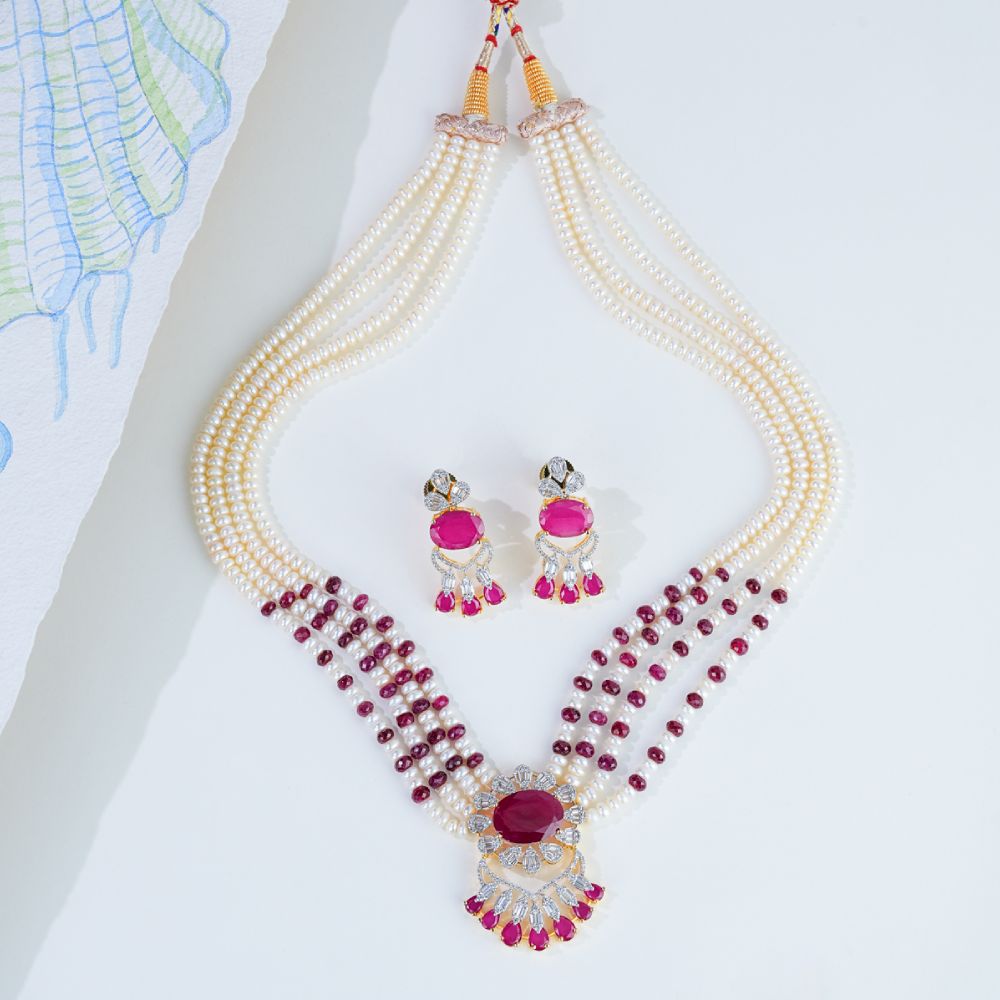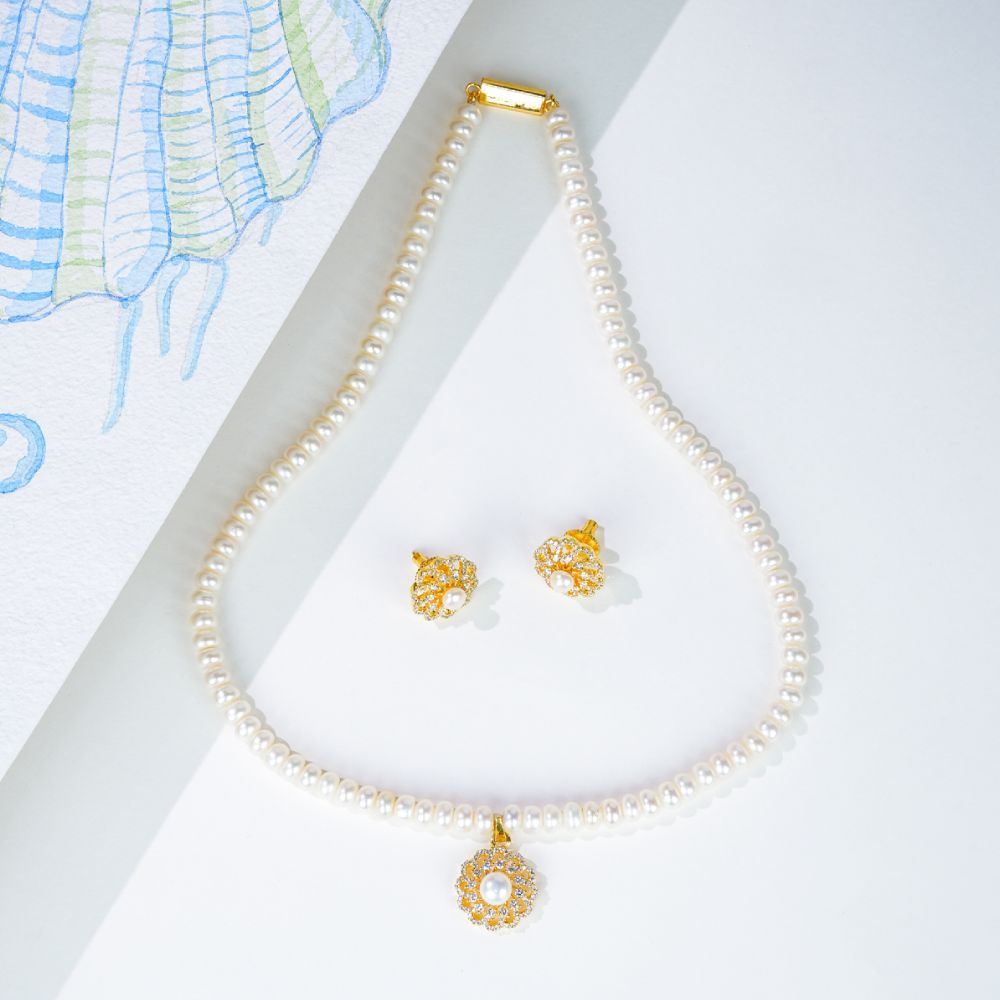Please login with your credentials and visit the My Account section. Select the order you want to return and click on “Return/Exchange” and follow the instructions on this page to obtain a Return ID.
At Darpan Mangatrai, we have a very flexible 7 day Exchange policy which is absolutely customer friendly. If you do not find the product(s) satisfying, you can return it as long as the following conditions are met: • It should be accompanied by the price tags, invoice, certificate of product if any and all original packaging must be present • The product must be returned within 7 days from the date of delivery.
Note: The product will only be exchanged for another product from www.mangatrai.com, The refund amount will not be credited to the payment source (Credit Card/Debit Card/Net Banking). Costs related to the return shipments (minimum 250/- or more) for all orders will be deducted from the product value, unless return shipment is due to the product defect.
In the event a User returns the a Product that is not accompanied by any of the requirements mentioned above or damaged Mangatrai shall have the right, exercisable at its sole discretion, to (1) Refuse to accept the return (2) deduct the amount payable in respect of such damaged items from the amount to be credited such User is entitled to.
Exchange of the product will be valid for 7 days and please note it is not applicable to products that are less than or equal to Rs.1,000/- ( Irrespective of the order value). Exchange Guarantee is not applicable if the product is bought during Sale/ Discount/ Promotional Offers.
FAQ’s for Return / Exchange :
1. How do I return the Product?
- Call our Customer Care 9951300000 or mail us at online@mangatrai.com to let us know the item you would return along with your Bill/ Order number.
- We will notify you with the courier details and the expected date of Return Pickup.
- Please return your Product as sent with proper Original Packing materials in tamper proof Packing.
- Once we receive your returned item in satisfactory condition we would exchange the same as per your selection for which our Customer Care Team would assist you to complete your shopping.
I want to return a Product. Can I drop it at the store where I purchased from?
- Of course you can! We just need to check if products in your order are eligible for return. "you can return this item directly at Mangatrai Punjagutta Branch" with all the required tags , Invoice and Certificate if issued any.
CANCELLATION POLICY
Yes! You can cancel an order as long as we haven’t packed it for you. As soon as the order is cancelled, we would get in touch with our Customer Care Team to assist you to complete your desirable Shopping.
Please log in to your Darpan Mangatrai account. Click on My Account section. Select the order/item you want to cancel. Locate the "Cancel" button and click on it.
We would assist you immediately upon cancellations of your orders.
Contact us on +919951300000 OR Email: online@mangatrai.com


